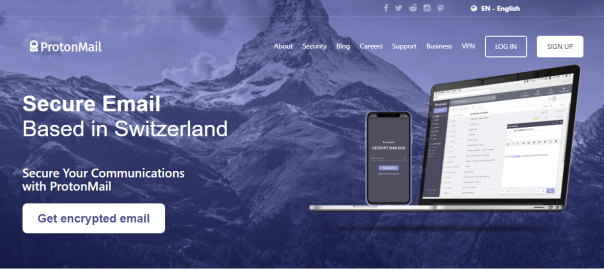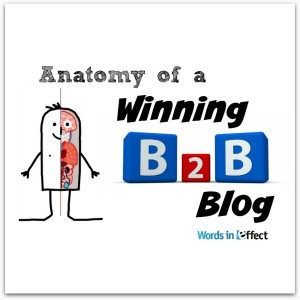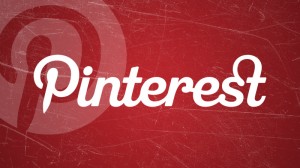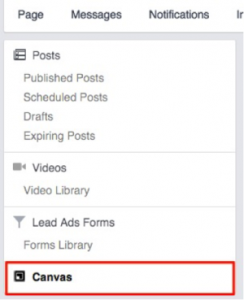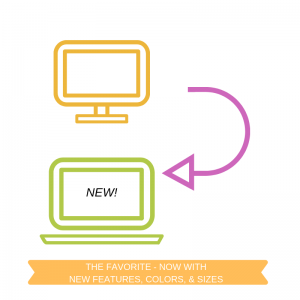In the 21st century, it takes just minutes to set up an email account on the web. A simple Google search will yield a myriad of results providing users with a huge spectrum of different service providers to choose from.
On the surface, it appears that each of these providers offers roughly the same service by allowing us to seamlessly send, receive, accept and store emails online. In fact, there is often more than meets the eye here, and various considerations come into play when selecting a platform that best suits the needs of a business or individual user.
This blog will look at the most popular email service providers of 2020-2021, highlighting their distinctive features and discussing how each platform aims to satisfy its increasingly demanding users.
Hey
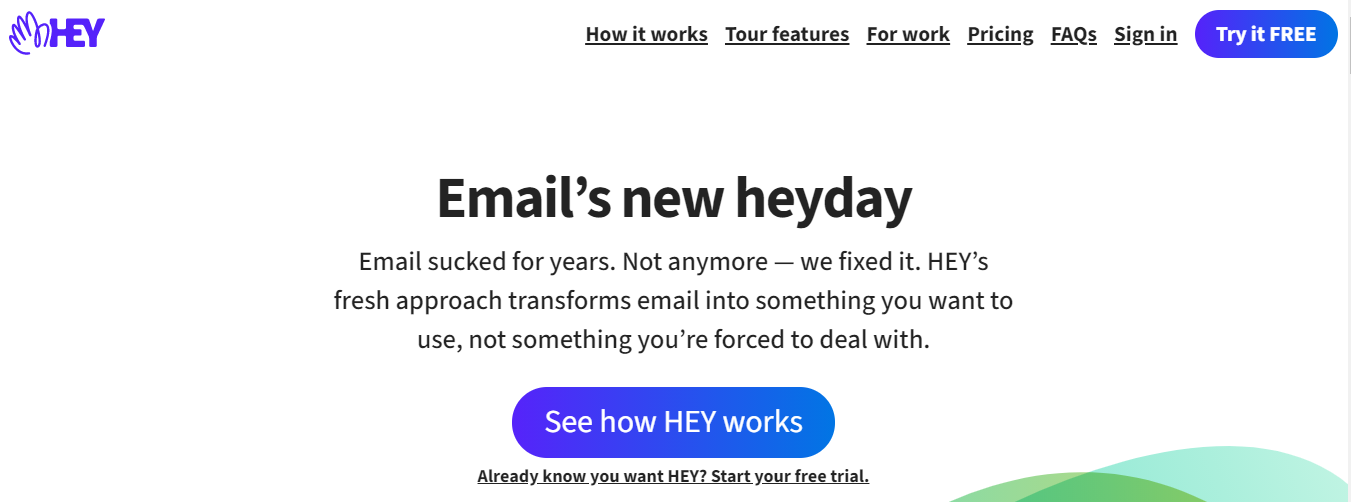
Hey is the new player in town, having just launched in June of 2020. Hey is made by Basecamp, a project management and internal communications Software-as-a-Service (SaaS) company.
Key Features:
- Consent-based Email: Every time someone new sends you email on Hey, you get to decide whether they get through to your inbox. Rather than being marked as spam, the ones that don’t get approved go into a special screened-out folder. Any actual spam gets directed into a separate junk folder
- Edit Email Subjects: If you have approved senders with a bad habit of being less-than-descriptive with their email subject headers you can easily modify them for yourself with Hey.
- Security/Privacy: Hey has no advertisements and promises not to mine your emails. Hey also automatically block some email tracking methods. They offer encryption at-rest, at-work, and in-transit, but not end-to-end
- Reply Later: Hey has a “Reply Later” button that moves emails to a dedicated ‘Reply Later’ stack at the bottom of your screen. When you’re ready to respond you can click the ‘Focus & Reply’ button to load each of those emails in a stack
- Attachment Library: Rather than searching your emails for a particular attachment Hey offers an attachment library that displays every attachment you’ve ever received in a gallery view.
- Storage: Hey offers an impressive 100GB storage space
- Pricing: Hey offers a 14-day free trial. Their platform is currently priced at $ 99 USD per year for individuals and $ 12 USD PUPM for business users.
Gmail
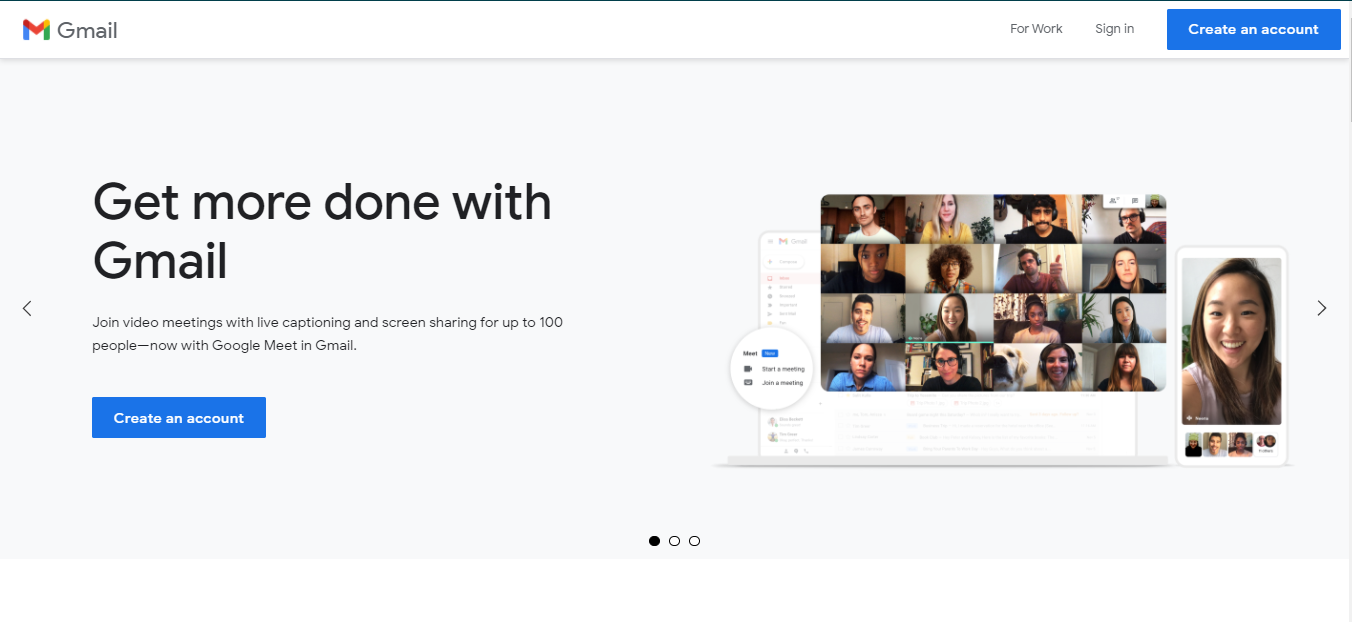
Since it’s inception in 2004, Google’s Gmail has reached over a billion users and become the global leader in email services.
Exceedingly rich in features, Google’s interface offers a great deal of flexibility and customizability to its users. Users can arrange their inbox with filters and labels, import emails from external accounts, and utilize the wide range of third-party add-ons that extend Gmail’s functionality.
Key Features:
- AI-Powered Sorting: Under search in Gmail you’ll see three tabs: Primary, Social and Promotions. Google’s artificial intelligence decides where your emails should go and is influenced by how you personally sort your emails. It will also remind you of potentially important emails that you didn’t respond to.
- Email Scheduling: Emails can be scheduled to send at a certain time. Gmail’s snooze feature lets you be reminded about emails at a later date.
- Large Attachments: Gmail seamlessly integrates with Google Workspace and Google One to help you share large attachments via email without clogging up the receiver’s inbox.
- Smart Compose: Gmail’s autocomplete-esque AI helps you write emails faster by suggesting the next words you could type and easily let you insert them into your message.
- Advanced Search: Gmail expands on simple keyword-based searches with advanced operators and the ability to sort by date ranges, filetypes, and other parameters.
- Storage: Each Google account includes 15 GB of free storage which is shared across Gmail, Google Drive, and Google Photos. Personal users can upgrade to a paid Google One subscription for 100+ GB. Business users can upgrade to Google Workspace (formerly G Suite)
- Security/Privacy: Gmail offers an optional “confidential mode” when you send emails. This mode restricts the recipient from forwarding, copying, printing, or downloading emails sent with this feature. Confidential emails can be given expiration dates and force SMS passcode requirements to open the email. Gmail supports S/MIME and TLS encryption.
- Pricing: A basic Google account with Gmail, Google Drive, and Google Photos is free. Google Workspace plans for business start at $ 6 USD PUPM and upgraded Google One plans for consumers starts at $ 19.99 USD per year
Outlook (Formerly Hotmail, MSN Hotmail, Windows Live Mail)
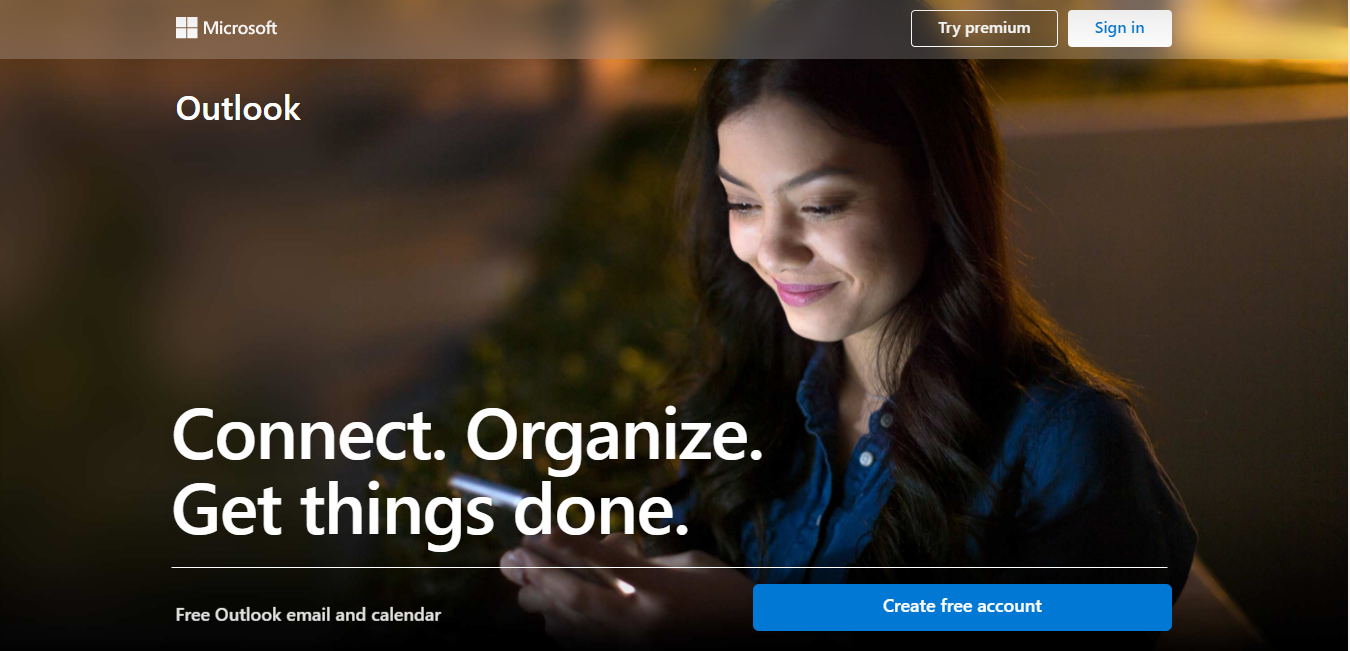
Outlook is the current evolution of “Hotmail”, which was acquired by Microsoft on December 31, 1997 for $ 500 million – its largest acquisition at the time. It offers a clean and effective interface for it’s 400 million users.
Matching Gmail with similar message filtering, integrated calendar and free storage, Outlook can be singled out for the attachment support provided, which gives users the ability to attach OneDrive files (including PowerPoints, Word documents, and Excel spreadsheets) as either links or copies which can be viewed and edited internally.
Key Features:
- AI-Powered Sorting: Though not as granular as Gmail’s inbox sorting, Outlook does offer two inbox that messages can be sorted into: Focused and Other
- Email Scheduling: Emails can be scheduled to send at a certain time. Outlooks snooze feature lets you be reminded about emails at a later date.
- Large Attachments: Outlook limits the size of files you can send to 10-20MB depending on the version of their service you are using. Large files can be uploaded to OneDrive and shared via a URL.
- Smart Compose: Microsoft is currently working on a competing smart compose feature for Outlook.
- Storage: Outlook accounts can have up to 100GB of storage per mailbox and 5 GB of cloud storage with a Microsoft account.
- Security/Privacy: Outlook does not currently offer any encryption for free users. If you have an Microsoft 365 Family or Microsoft 365 Personal subscription (formerly Office 365) you can gain access to an email encryption feature.
- Pricing: Microsoft’s Outlook service bundling works similar to Google’s Gmail. A basic Microsoft Home account with OneDrive cloud storage and other apps is free. Personal users can get a Microsoft 365 Personal subscription for $ 69.99 USD per year. Business users can get a Microsoft 365 Business account starting at $ 5 USD PUPM
Yahoo Mail
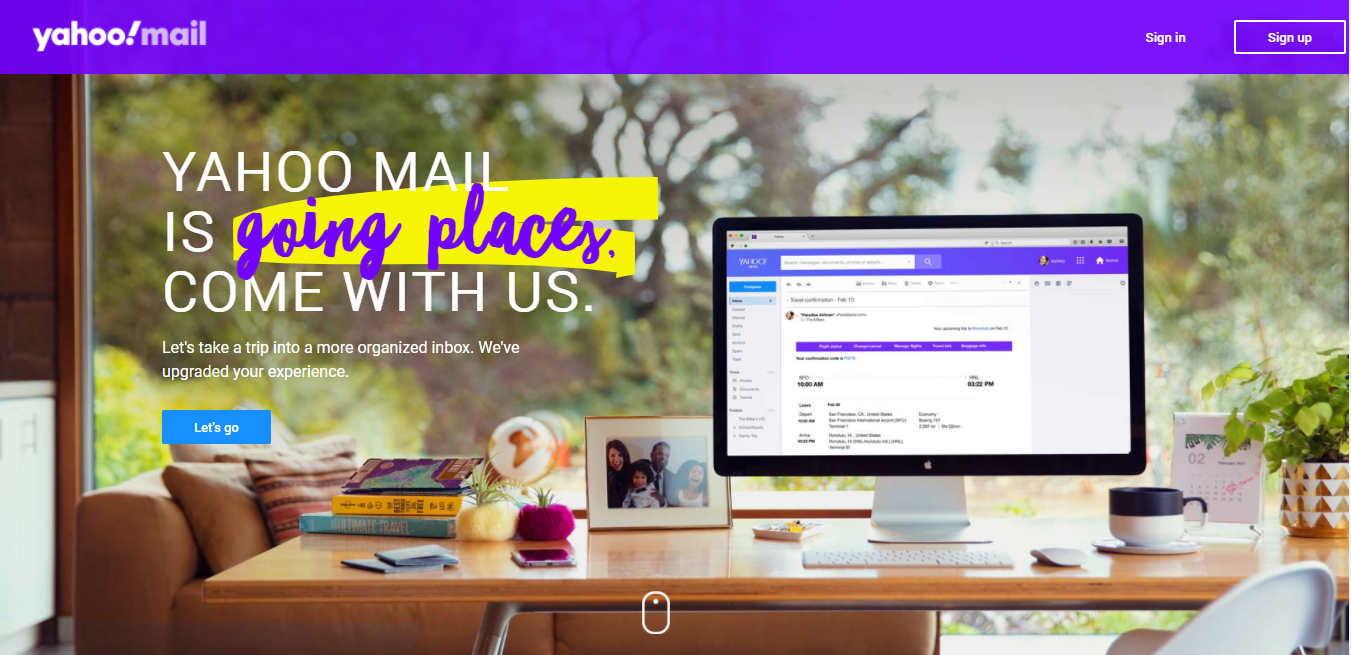
Rather controversially Yahoo Mail has announced (sort of? It was buried in their knowledge base) that beginning January 1, 2021 automatic forwarding of emails from your Yahoo inbox to another email account will no longer be a feature of free Yahoo Mail accounts. Users who still want email forwarding will need to pay $ 3.49 USD per month for Yahoo Mail Pro or $ 12 USD per year for a forwarding service add-on.
This unexpected change is certain to be a preview of many changes from Yahoo Mail coming into 2021. You can expect that Yahoo will continue to make changes to their current service and introduce new features in order to gain a greater appeal for business users.
As with Outlook, strong attachment support is a key feature of Yahoo’s service. In the case of Yahoo Mail, users can benefit from a unique ability to find every photo, video, and document that they have historically shared via email.
For creatives who frequently share documents, this may seem greatly appealing. It is also seamlessly easy to switch file attachments to inline attachments that are embedded in the email (or vice-versa).
Perhaps most impressively, Yahoo offers an enormous 1TB of storage capacity on free accounts, allowing users to keep everything they receive.
Key Features:
- AI-Powered Sorting: Though not as granular as Gmail’s inbox sorting, Outlook does offer two inbox that messages can be sorted into: Focused and Other
- Large Attachments: Emails in Yahoo Mail can’t exceed 25MB. If you need to attach a file over 25MB you have to share files from a third-party cloud storage provider such as Google Drive or Dropbox.
- Storage: Yahoo offers 1TB of storage on free accounts, allowing users to keep everything they receive
- Security/Privacy: Yahoo allows up to 500 disposable email addresses to be created. These are linked to a central email account but do not compromise the user’s name or personal identity. They do not currently offer encryption.
- Pricing: The basic Yahoo Mail is free. A Yahoo Mail Pro account is $ 41.88 USD per year
Zoho Mail
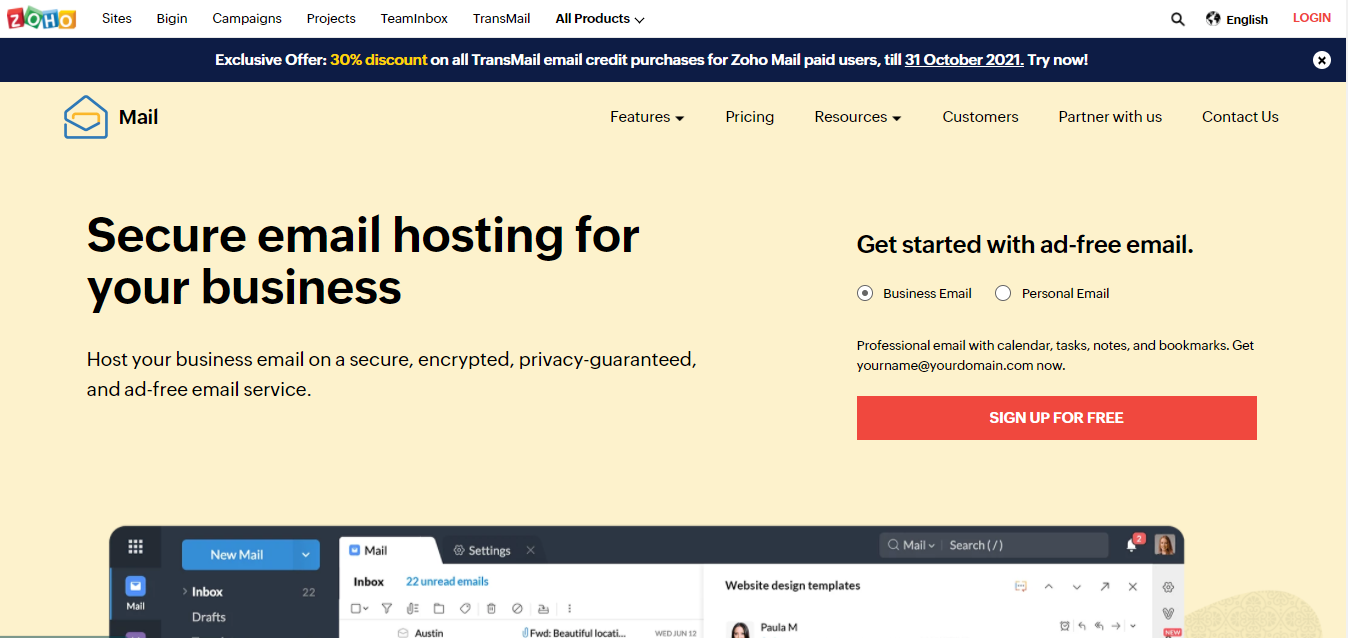
Zoho Workplace offers a business email service amongst a suite of applications that includes tools for document management, expense tracking, and collaboration.
With a free plan that supports up to 5 users, Zoho Mail is popular with small and home-based businesses. These companies are able to make great use of the platform’s integrated spreadsheet, word processor, and presentation software.
Most appealingly, Zoho’s service offers users with their own registered domain the ability use their domain names for their emails. As a feature that is typically restricted to paid commercial services, this feature can be described as the main draw for many of Zoho Mail’s 15 million users.
Whilst Zoho’s basic plan omits some fundamental features such as email forwarding and desktop app/offline access, upgrading to the “Standard Plan” for $ 3 per month/user provides a solution to these issues.
Key Features:
- Email Scheduling: Emails can be scheduled to send at a certain time. Zoho mail lets you add reminders to emails, based on the response, no response or based on a date-time irrespective of the response.
- Large Attachments: The free plan of Zoho mail is limited to 25MB attachment limit. Upgraded plans offer up to 1GB for attachments.
- Storage: The free plan of Zoho mail is limited to 5 GB of storage. Upgraded plans offer up to 50GB per user.
- Security/Privacy: Data is encrypted both at rest and in transit
- Pricing: The basic version of Zoho mail is free. They offer a variety of plans ranging from $ 1-4 USD PUPM
ProtonMail
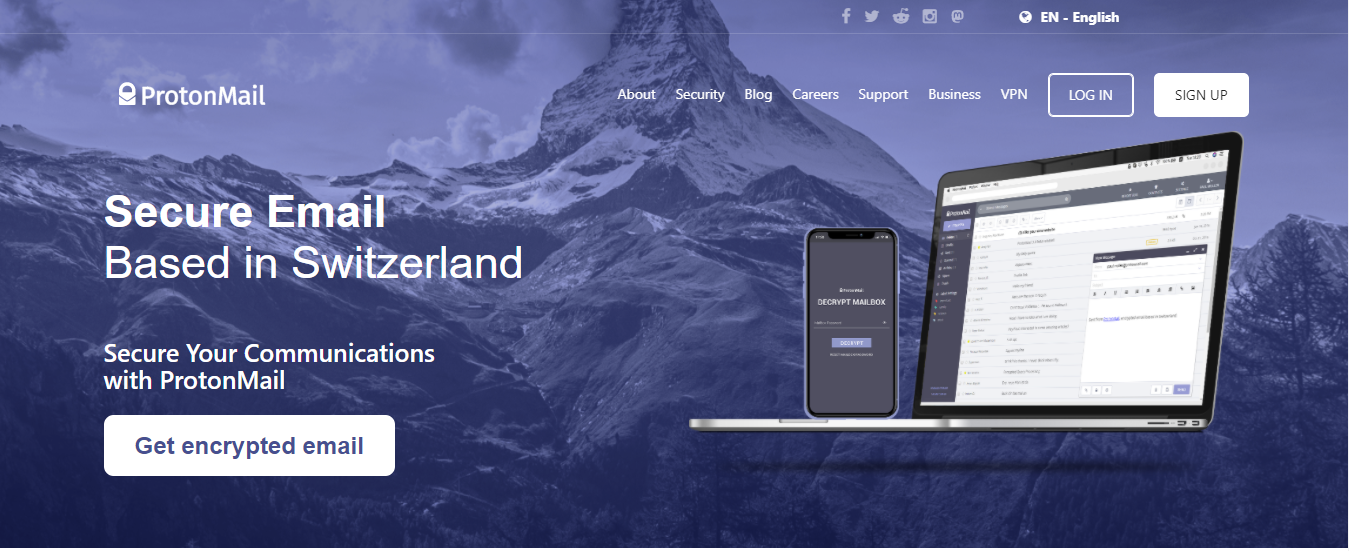
ProtonMail provides an ideal solution for users seeking privacy and encryption. Whilst most other service providers will request personal details or scan messages to enable automation, ProtonMail is open-source and maintains the anonymity of its users.
Founded at the 2014 CERN research facility in Geneva, the company uses end-to-end encryption alongside IP address protection to ensure that each email is secure and cannot be read or tracked.
The basic plan provides just 500MB of storage space whilst limiting accounts to a maximum of 150 emails per day. Organizational folders, labels, and smart filters are also absent from the free service.
For $ 5 per month, subscription to a ProtonMail Plus account increases the allowance to 1,000 emails per day, provides 5GB of storage, supports folders and labels, and facilities custom domain names.
Business users may also be interested in their Professional and Visionary plans that offer unlimited messages, unlimited folders/labels, priority support, and other bonus features.
Key Features:
- Large Attachments: The size limit of the attachments in ProtonMail is less than 25MB per email for all plans and the total number of files that can be attached is 100.
- Smart Compose: Microsoft is currently working on a competing smart compose feature for Outlook.
- Storage: ProtonMail does not have cloud storage that you can use to share files with. You will need to use a third-party cloud storage provider. Privacy-conscious users may want to look into providers like MEGA.
- Security/Privacy: ProtonMail is best known for its security and privacy. In addition to not mining your data they follow PGP encryption standards with end-to-end and zero-access encryption for all of your emails. You can also send messages that “self-destruct” after a specified amount of time, much like Gmail’s confidential mode. ProtonMail’s Address verification also helps prevent Man in the Middle attacks by saving your personal signed key into a digitally signed contract that can’t be tampered with once it’s verified.
- Pricing: ProtonMail offers a free plan. Upgraded tiers range from $ 48 USD per year for personal use and $ 8 USD PUPM for business users. Their Visionary plan is great for small teams as it supports up to 6 users for a flat fee of $ 288 USD per year.
Conclusion
There are a large variety of free and paid email service providers out there. This comparison of the top providers is a great way to get started.
Digital & Social Articles on Business 2 Community
(93)
